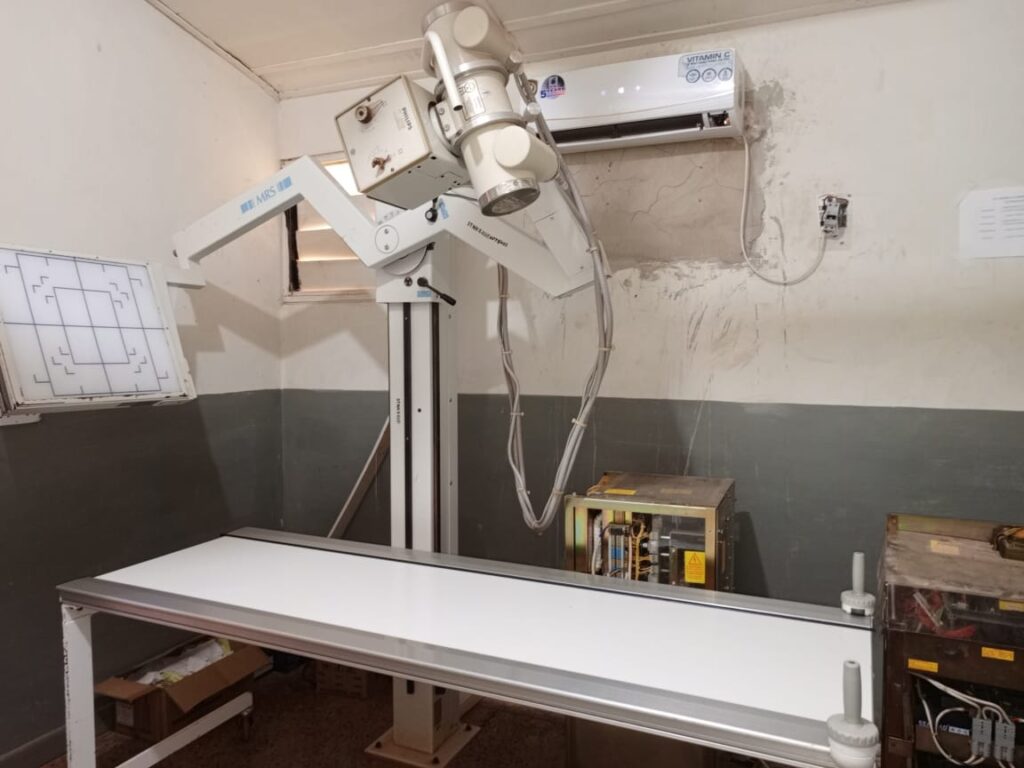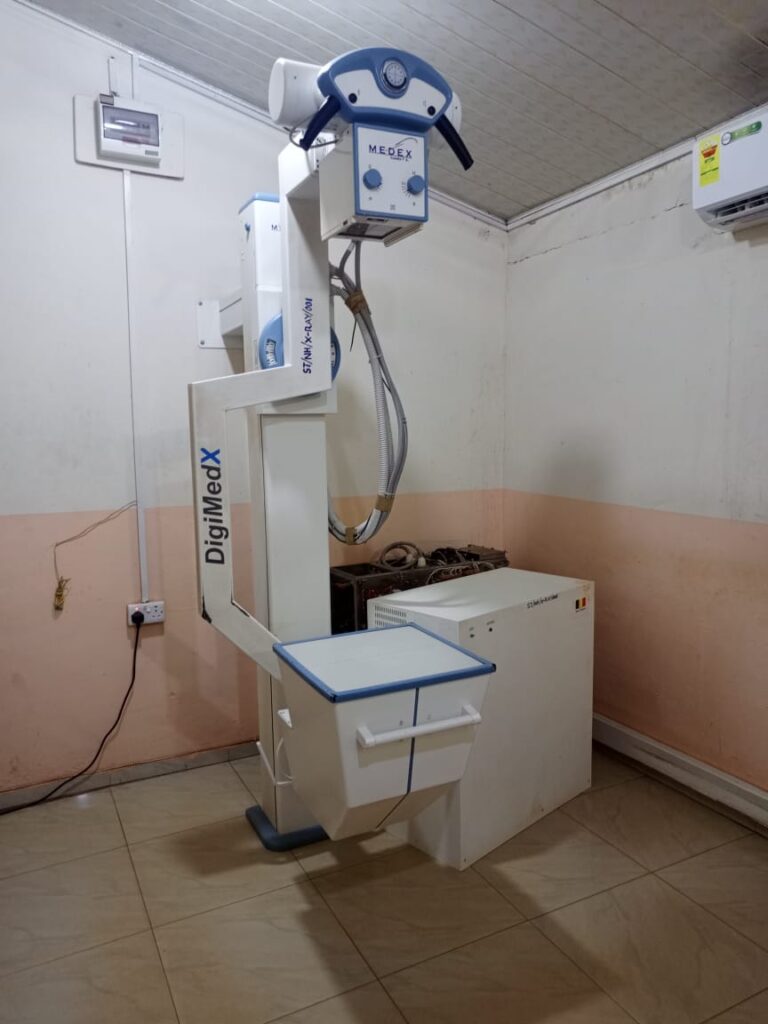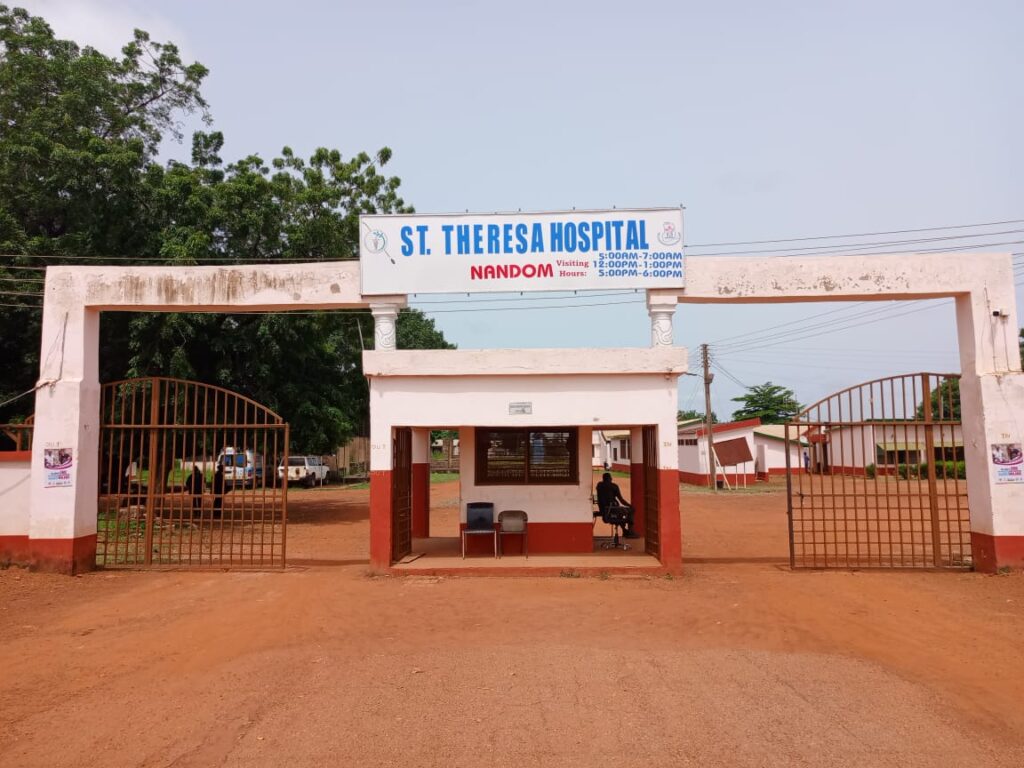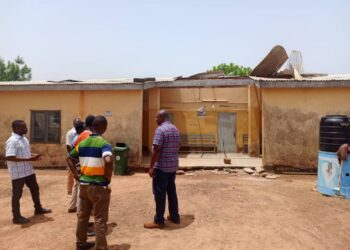Patients seeking X-ray services at the St Theresah’s Hospital in Nandom are forced to travel outside the District due to faulty machines. According to management, two of the machines have broken down while the third is obsolete.
The St. Theresa’s Hospital in Nandom in the Upper West Region is a primary hospital with a 218-bed capacity and the current situation is affecting health care delivery.
“We have to ask patients to travel to Nadowli or Wa to take x-rays and this increases the cost to the patients. Patients who come with fertility issues, chest infections, pneumonia etc need an x-ray taken before they can be properly diagnosed. All these people have to be referred to Nadowli or Wa and this delays the care” Dr. Yidana Sebastian, the Medical Superintendent of the facility explained.

The facility also grapples with one anaesthesia machine which is inimical to the pace of theatre works.
“If we had two or more anaesthesia machines, we would have been able to open up a second or third theatre. On average, we are doing 30 to 40 cases a week and doing all that on one machine compromises the longevity of the machine.”
The St Theresa’s Hospital, although a primary hospital, takes care of varied cases and the presence of a specialist enables the hospital to run services beyond a primary hospital.

“We take care of basically all the cases that are seen in this enclave. The location of the hospital makes it unique in the sense that we are seeing cases from other districts that are not so privileged to have well-established hospitals. We also have cases coming in from across the border because of our proximity to our neighbouring country; Burkina Faso. The presence of a refugee camp at Zini, we also get a lot of cases from there” he said.

The St Theresa’s Hospital serves as a referral facility for obstetrics and gynaecology cases. The hospital can handle complex pregnancy situations that come from the Lambussie District, Lawra Municipal and the Western part of Sissala West District.
“On a typical day, we see basically up to about 200 patients at the OPD which cuts across. What we have done is to divide the OPD into three where pregnant women have their own OPD seen by a doctor. There is also the general OPD and we have the children’s OPD where there is a clinician to see to them. This is in an attempt to beat waiting time.”
Dr. Yidaana also explained that because most critical cases are brought to the hospital at night, a doctor is scheduled to attend to cases at night.


















